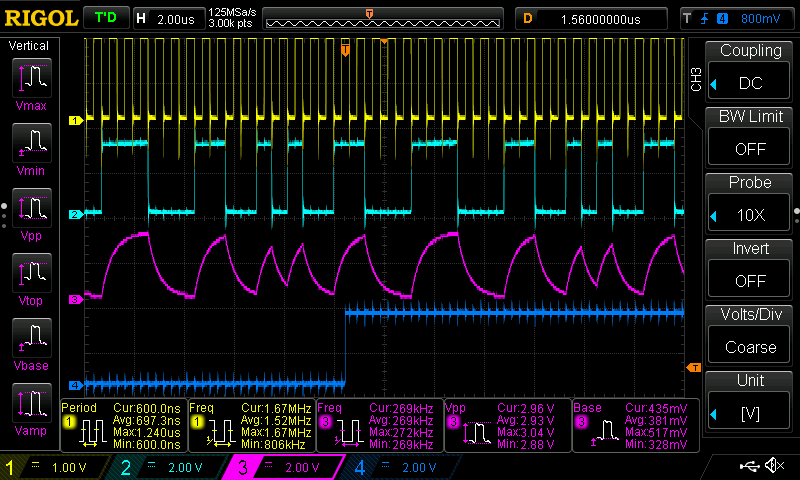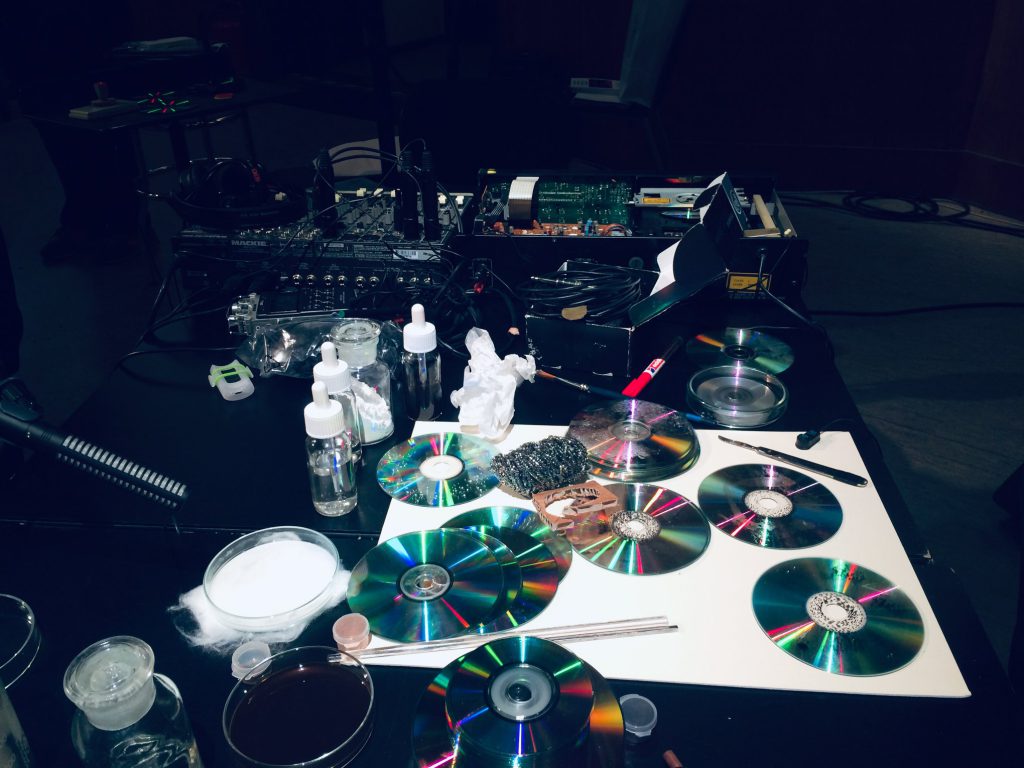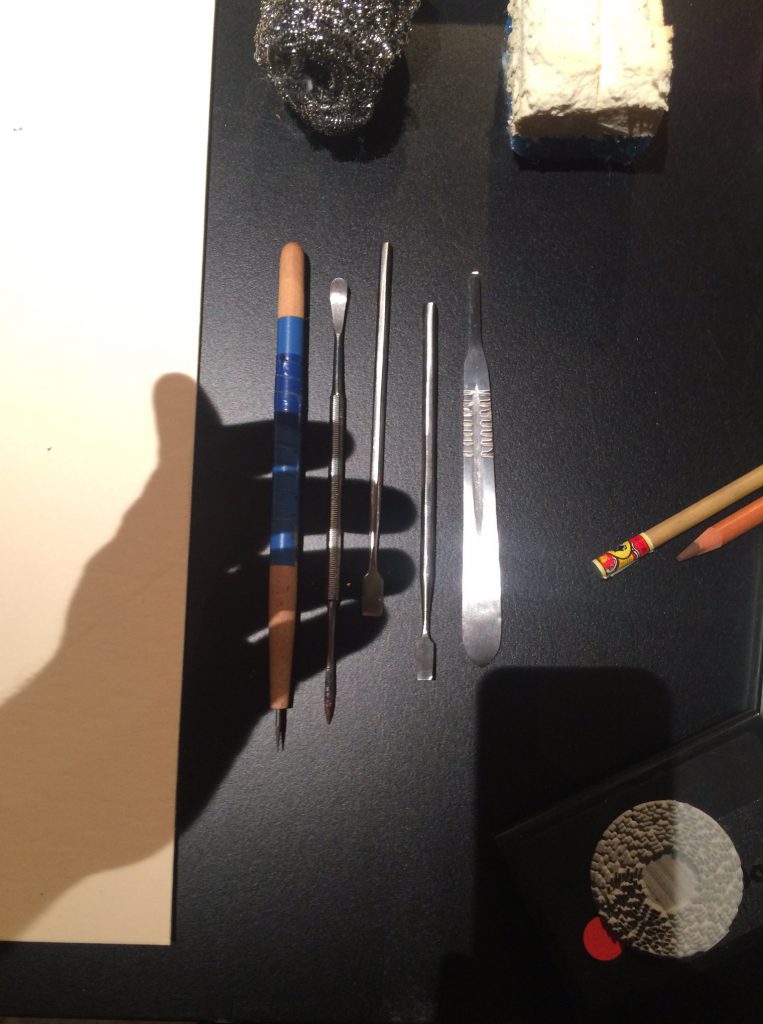Posts By Thomas Grill
Digital Patina [a CARE-ful excavation]
Presentation for the 2021 SAR artistic research conference
Voicings of an auralist – a series of transmissions from an unknown source
A unique artifact was found in the Auer-Welsbach-Park in Vienna that was soon discovered to be a manifestation of information left behind by who could be called an “extra-human ethnologist”.
This feature portraits the excavation and restoration processes as well as what has been extracted as the content of the discovered message, telling the story of how a sonically focused being may perceive and comment on our visually dominated world.
Till Bovermann: concept, auralist text, auralist source material
Almut Schilling: concept, forensics text, material excavation
Thomas Grill: concept, analysis
Tobias Leibetseder: concept, production, mixing

Presentations:
March 16, 16:15 CET (online) as a chapter of the new book
Knowing in Performing. Artistic Research in Music and the Performing Arts
Presentation event: https://www.mdw.ac.at/veranstaltung/?v=2616934
Registration: knowinginperforming@mdw.ac.at
Book chapter: https://doi.org/10.14361/9783839452875-008
March 21 23:00 CET, as a radio feature in ORF Ö1 Kunstradio:
Live and 7 days streaming service: https://oe1.orf.at/programm/20210321/631453/Die-Vergaenglichkeit-von-digitalem-Klang
Kunstradio (with MP3 download): http://kunstradio.at/2021A/21_03_21en.html
Please tune in, using your radio or via stream
Re_Mole_10, October 26, Reaktor
(S)Low Frequency Orchestra together with Wolfgang Mitterer and Jérôme Noetinger
REAKTOR, Geblergasse 40, 1170 Wien, Austria
26.10.2020, 19:30
Zehn Jahre zu spät feiern wir die Veröffentlichung unseres Albums “Mole” und unterziehen es dabei einer Neubetrachtung.
“Mole” ist aus einer improvisatorischen “Kollision” hervorgegangen, einem ungeprobten und dennoch bühnenöffentlichen Aufeinandertreffen des Low Frequency Orchestra mit Wolfgang Mitterer. Über die Jahre seither blieben manche Eindrücke und Klänge in Erinnerung, vieles wurde vergessen, weiterentwickelt, abgerieben. Im REAKTOR nehmen wir den Faden wieder auf. Wieder wird die Aufführung als Kollision angelegt sein, mit einem weiteren Akteur, dem Tape-Künstler Jérôme Noetinger.
Das Neue ist auch immer ein Produkt des Alten.

A cooperation between SKE, REAKTOR and Rotting sounds.
Low Frequency Orchestra
Angélica Castelló — Paetzold, tapes, radios
Maja Osojnik — Voice, Paetzold, electronics
Matija Schellander — Kontrabass
Thomas Grill — Electronics
+
Wolfgang Mitterer — Electronics
Jérôme Noetinger — Revox, tapes, electronics
Panel discussion, musikprotokoll 2020 festival
Thomas Grill was invited to take part in a panel discussion together with Reni Hofmüller, Christina Kubisch and Fränk Zimmer, presented by Susanna Niedermayr (ORF Ö1 Zeit-Ton) and hosted by esc medien kunst labor. The festival theme “Hidden sounds” was illuminated from different directions, in our case in the context of the rotting sounds project and the acousmatic composition noise shaping Thomas has presented at the festival the day before.
“Noise Shaping” at Musikprotokoll festival, October 8, Graz
Aloïs Yang & Andreas Trobollowitsch / Rojin Sharafi / Thomas Grill @ Hidden Dome
Thomas Grill gibt mit Noise Shaping einen Einblick in das Forschungsprojekt rotting sounds, das sich mit der Vergänglichkeit von digitalem Klang im sozialen, technologischen und zeitlichen Kontext beschäftigt. Ein zentraler Forschungsgegenstand ist die Repräsentation von Klang als 1-bit-Datenstrom, der die Brücke zwischen digitalen und analogen Signalen schlägt. Der Begriff Noise Shaping steht dabei für den voluminösen Rauschhintergrund, der als Träger der darin verborgenen Klänge verwendet wird. Aloïs Yang and Andreas Trobollowitsch spannen mechanisch erzeugte Klänge in ein komplexes digitales Feedback-System ein; found objects kommen ebenso zum Einsatz wie natürliche Substanzen und performative Raumvermessungen. Und Rojin Sharafi, die ursprünglich aus dem Iran kommt und seit einigen Jahren in Österreich lebt, widmet sich in ihrem Stück der „kulturellen Hegemonie, kulturellen Hybridität und dem kulturellen Überleben“, jenen Stimmen also, die im Kampf um die kulturelle Vorherrschaft gezielt unterdrückt werden. Für ein immersives Klangerlebnis bei Hidden Dome sorgt die 50-Kanal Ambisonics Audioanlage des Dom im Berg, für die die drei Auftragswerke konzipiert wurden.
October 8, 19:30pm
Dom im Berg, Schloßbergplatz, A-8010 Graz
Performance at Sound Campus, Ars Electronica Festival Linz, September 11
Thomas Grill, Till Bovermann and Kathrin Hunze will perform “merge and dissolve”, an audiovisual performance concept in the SOUND CAMPUS program, part of the Ars Electronica Festival 2020.
This performance involves three interactants, two predominantly working in the audio domain (Thomas Grill and Till Bovermann) and one focusing on a visual counterpart (Kathrin Hunze). We generate and exchange streams of 1-bit audio, a signal representation with properties of both the digital and analog domain that we have already been investigating in the artistic research project “Rotting sounds – Embracing the temporal deterioration of digital audio” (FWF PEEK AR445-G24). With simple switchboard matrix devices, we channel such bit streams between the individual performers and through simple processing modules, like delays, logical operators, etc., generating feedback and interferences on the way. These phenomena are made audible and are also mirrored by a visual representation of particle streams, forming directed jets and point cloud aggregations.
11. September 2020 – 20:10 – 20:35
Hauptplatz 6, Glashörsaal D (H6.DG.04)
4020 Linz, Austria

1-bit audio: Testing audio hardware
For an upcoming performance at the Ars Electronica Festival 2020 SOUND CAMPUS, we are testing hardware to interconnect 1-bit audio streams.
For that purpose, we are using an STM32F4 Discovery Board to generate 1-bit audio streams, sent through a Future Sound Systems MTX9 point pin matrix (Figure 1) as often found in modular synthesis systems.
The software used on the STM board to efficiently generate 1-bit audio streams using DMA transfer over an SPI interface is an offspring of our DADA hardware development efforts.

The FSS MTX9 can be used as passive hardware (only 1-to-1 connections), or using the MTX9A buffer board to sum over input busses.
In passive mode (Figure 2), the bandwidth is sufficient to come close to 1 MHz bit rate which allows 32-fold oversampling at usable PCM audio rates.

For active mode (using the buffer board MTX9A, Figure 3), the hardware introduces low-pass filtering, reducing the audio bandwidth to around 100 kHz. This is good enough for high quality analog audio, but not for 1-bit digital audio at high bit rates.

Clearly, it must be noted that the summing function over inputs is not strictly meaningful for 1-bit signals, where some kind of post-processing needs to bit applied to return to single bits.
Dust a bit – recordings
The audio-laser installation dust a bit by Klaus Filip is the first of our installations, which – over the duration of more than a year – has eroded to a state which would be commonly described as “broken”, at least from the standpoint of the original concept.
The audio signal is not modulated onto the laser any more, as intended – what is heard is purely collected, amplified noise.
At this point, we will not attempt to repair it because it is already scheduled to upgrade the installation to a fully digital version on the basis of our custom 1-bit audio hardware DADA. We expect this to happen at the end of June 2020.
In the last year, the installation has been restarted a couple of times because the carefully calibrated laser beam tends to wander out of focus by the time. This is most probably due to temperature changes and/or vibrations, causing the mirrors to lose their precise adjustment.
We have prepared timelapse recordings of the sonic developments of the several installation runs – every time several weeks of collecting “dust”. One minute of a time lapse corresponds to a day of operation. Technically, the recordings are concatenated (and cross-faded) 1-minute snapshots taken every 12 hours. The naming of the recordings corresponds to their starting date. Enjoy!
2019-05-07 2019-08-21 2019-09-20 2019-11-07do trans-Art_44 performance, February 13
Rotting sounds will be guest at the trans-Art series organized by Astrid Rieder. Thomas Grill will perform “musical materials”, in this case a worn concert zither explored with digital music signals.
trans-Art is a real-time dialogue between two or more artists. It breaks through conventional boundaries between different genres of art and enables a deeper understanding and reception of abstract art on several layers. (Astrid Rieder)
Thursday, February 13th at 7:30pm
studio Bundesstraße 37, in Wals-Siezenheim.
Art’s birthday 2020
We had a great evening at the Kunstradio Art’s Birthday Party! The audio CDs we produced live were given away as presents to the audience, hopefully delighting Art too.
Our performance is aired on Kunstradio-Radiokunst, radio ORF Ö1 on February 26 2020 11pm.










